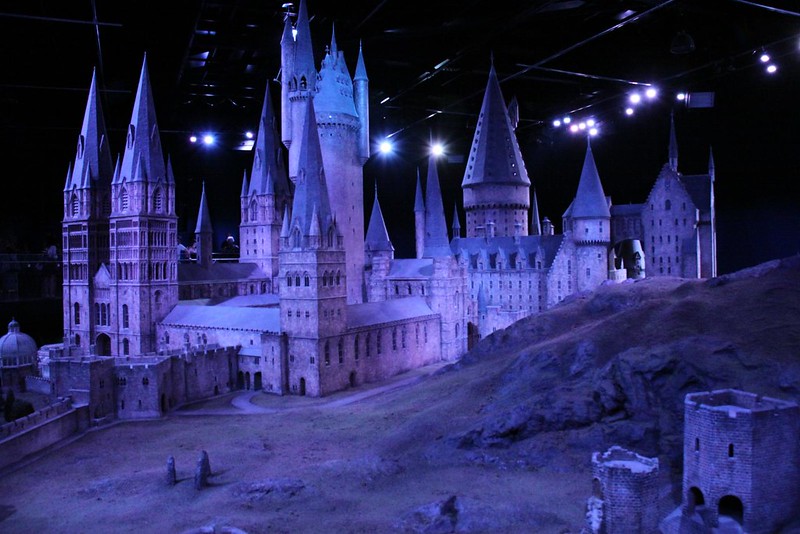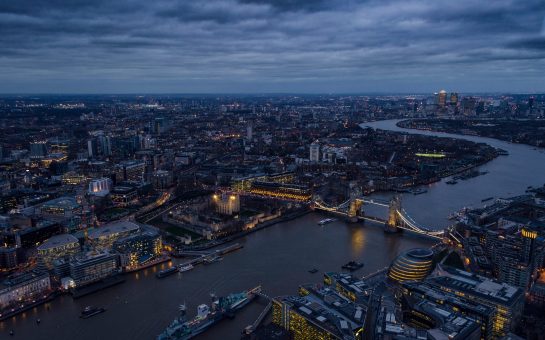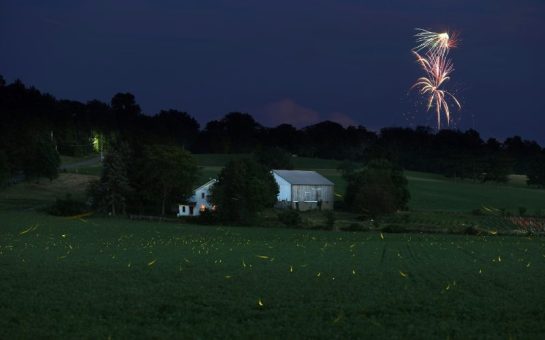Most tourists understand the frustrations of a crowded day out in central London – exploring the Tower of London amongst a horde of tourists or wading up mountains of stairs at Hampton Court Palace – uncomfortable, tired, sick of the noise, and ready to go home.
What many may not recognise is the vast limitations such environments can place on autistic children and visitors, where chaotic, unpredictable, crowded venues can not only ruin a day, but prevent it from occurring at all.
As another holiday season begins, we explored why London tourism needs to become more autism-friendly and what venues are already doing to achieve this.
Whilst accessibility has always been a primary concern for tourism venues across the UK – with most offering wheelchair access, sign language and braille adjustments- the options for autistic visitors are likely to be less discussed or acknowledged.
During the launch of VisitEngland’s ‘Welcoming Autistic People’ guide, the National Austitic Society highlighted that 79% of autistic people feel unable to visit popular locations.
Tom Purser, Head of Guidance, Volunteering and Campaigns at the National Autistic Society said: “For many autistic people, the unpredictability of queues or long waits and the loud noise of busy crowds can be very distressing, especially if they experience sensory overload.
“But making small changes such as providing quiet tours or sensory rooms can make a huge difference and help to ease stress and anxiety.
“Without these types of adjustments, autistic people and their families and carers can become isolated or prevented from going out and about, and being part of their communities.”
Daniel Cadey, Autism Access development manager added: “Over 700,000 people are on the autism spectrum in the UK and many would love to visit heritage sites and other tourist attractions but are prevented from doing so because unfamiliar and unpredictable places make them extremely anxious.”
Such adjustments are, however, already becoming more prevalent across the tourism industry and throughout London’s most sought after days out.
A number of such tourism venues explained what they are doing to welcome autistic guests.
Guide books are one such addition produced by businesses across the country, which offers a sense of control and guidance in an unfamiliar location.
These physical or electronic books describe a walk through the venue and highlight what visitors can expect throughout their trip.
The Warner Bros Studio Tour for instance offers a nine-page guide which they describe as “a detailed account of the journey through the Studio Tour, highlighting areas that may be overstimulating and pointing out exciting things to look out for”.
Sensory rooms are another vital offering, providing a quiet, calm and engaging space away from the crowds and chaos of venues. Popular amongst young and older autistic people, these can be tailored to the venue, providing a safe space to try activities and interact with themed stimuli.
Legoland’s sensory space received wide praise from guests and media outlets after its recent arrival, ensuring all visitors had a chance to build a world of Lego.
Hidden within the hallowed halls of Hogwarts is another magical sensory experience.
The Warner Bros Studio Tour provides a calming space complete with a Sensory Shell Chair, interactive light box, mirror ball and tactile mirrors to immerse all visiting witches and wizards in the Wizarding World.
Adjustments to opening hours can have a huge impact, with quieter atmospheres and reduced crowd sizes guaranteeing a calm and accessible experience.
Many big venues offer such events including The London Zoo, The Natural History Museum and Hampton Court palace.
The London Zoo combats the unpredictability of their animals and the crowded, hot landscape of their parks with relaxed mornings and late evening tours to provide a more personal experience for autistic animal lovers.
ZSL’s Community Engagement and Outreach Officer, Emma Whitbread said: “At ZSL London Zoo our aim is to ensure a great day out, and we welcome everyone to enjoy time connecting with wildlife.
“As part of our ongoing commitment to being accessible to all, we offer a range of monthly accessible activities including, British Sign Language Tours, Audio Described Tours and Relaxed Opening Tours, so that everyone can enjoy getting closer to nature.”
The Natural History Museum’s venue ensures a friendly environment for all, blending dinosaur-based learning with a welcoming atmosphere in their Dawnosaur mornings.
The free event offers children with neurodiverse conditions a chance to explore the museum without the hustle and bustle of big crowds.
Visitors can sign up to be notified about upcoming Dawnosaur events on the museum’s website and the museum is happy to discuss the suitability of alternate events on a case-by-case basis.
Hampton Court Palace’s historic architecture can create a range of issues for adaptation and accessibility, something that Natasha Nardell, The Palace’s Operations Manager, openly addressed.
She said: “A 500-year-old Tudor palace isn’t necessarily the most accessible by design, so we have had to make a conscious effort to ensure that this does not become a barrier for our visitors.”
And this consciousness pays off. The palace regularly works with experts within the access advisory sector to figure out how to accommodate all visitors.
They offer an access guide detailing the physical details of the palace and where autistic visitors may encounter loud noises or light changes.
The palace hosts monthly Rise and Roar sessions where smaller crowds and the removal of additional noise and texture elements can help neurodivergent children feel more comfortable, offer a sense of community and belonging, and encourage curiosity and exploration.
The palace even adapts to the seasons, ensuring all visitors can explore the expansive summer gardens (spaces which can be overwhelming or physically exhausting for guests) by providing context and order in Garden History Tours and access through additional wheelchairs.
Significant work really is being achieved by London tourism as they begin to address the more nuanced elements of accessibility in their venues. And yet the systems are not perfect.
There is much to be done to ensure spaces are continually improving and accessible all year around.
One issue is the irregular occurrence of some specific events, such as the quiet mornings, which can limit flexibility for visitors.
Another is the inconsistency of offerings – with some venues offering more options than others and no standard requirement for offerings across the country.
Change is happening though and there is much to be optimistic about as we head into another holiday season.
While these offerings may not seem like much for the general population of palace, museum or wizarding world visitors, accessible spaces ensure a world of engaging history, exciting adventures, and magical days out are never unavailable to anyone.
Featured image credit: Dave Catchpole via Flickr under CC BY 2.0 licence





